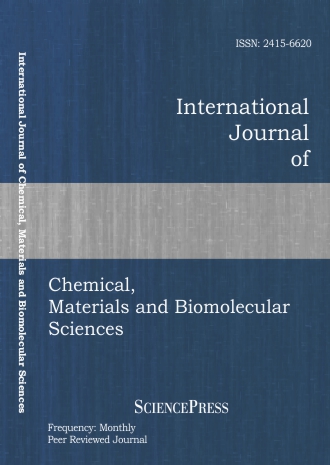
Scholarly
Volume:10, Issue: 11, 2016 Page No: 1361 - 1364
International Journal of Chemical, Materials and Biomolecular Sciences
ISSN: 2415-6620
Topochemical Synthesis of Epitaxial Silicon Carbide on Silicon
A method is developed for the solid-phase synthesis of epitaxial layers when the substrate itself is involved into a topochemical reaction and the reaction product grows in the interior of substrate layer. It opens up new possibilities for the relaxation of the elastic energy due to the attraction of point defects formed during the topochemical reaction in anisotropic media. The presented method of silicon carbide (SiC) formation employs a topochemical reaction between the single-crystalline silicon (Si) substrate and gaseous carbon monoxide (CO). The corresponding theory of interaction of point dilatation centers in anisotropic crystals is developed. It is eliminated that the most advantageous location of the point defects is the direction (111) in crystals with cubic symmetry. The single-crystal SiC films with the thickness up to 200 nm have been grown on Si (111) substrates owing to the topochemical reaction with CO. Grown high-quality single-crystal SiC films do not contain misfit dislocations despite the huge lattice mismatch value of ~20%. Also the possibility of growing of thick wide-gap semiconductor films on these templates SiC/Si(111) and, accordingly, its integration into Si electronics, is demonstrated. Finally, the ab initio theory of SiC formation due to the topochemical reaction has been developed.